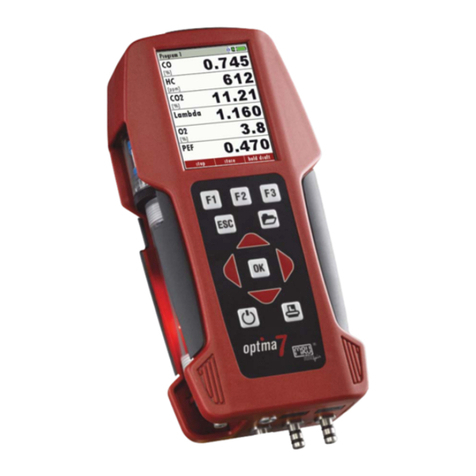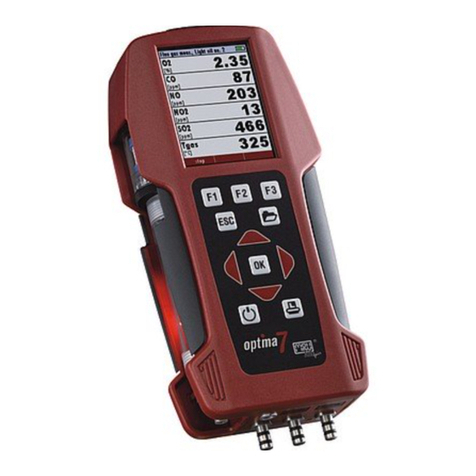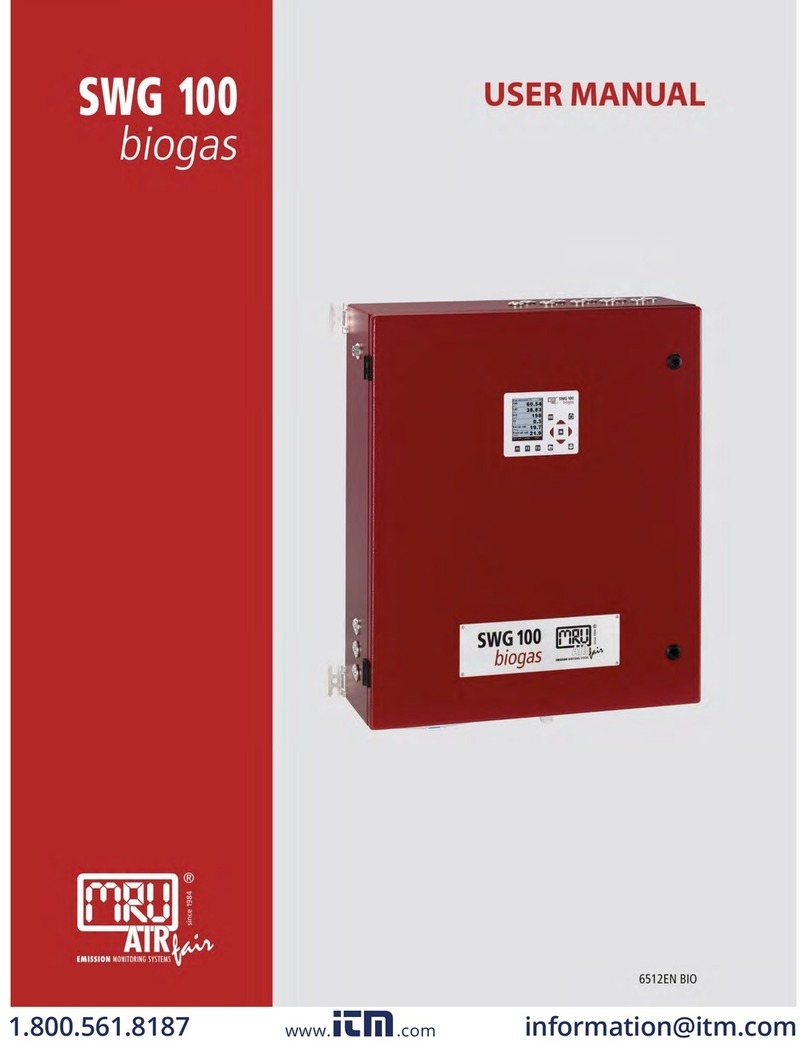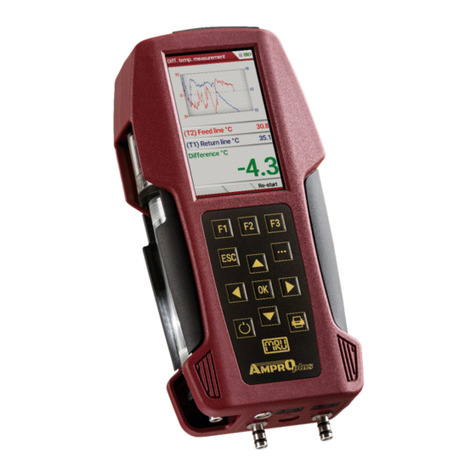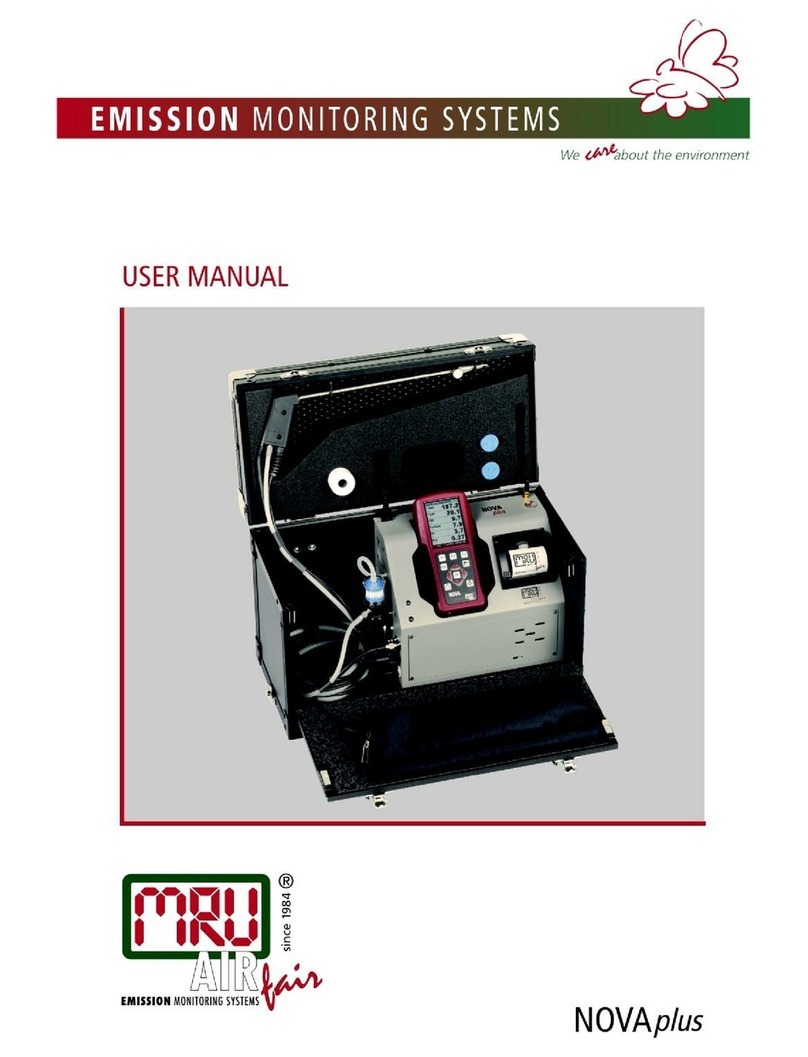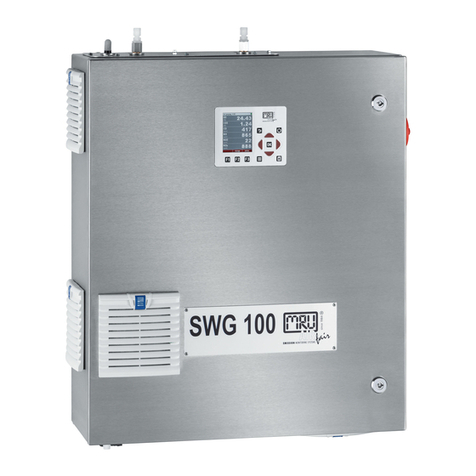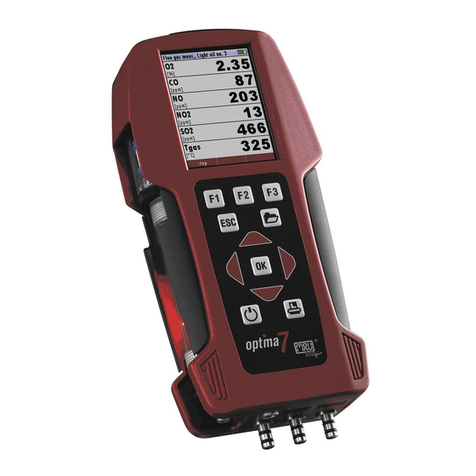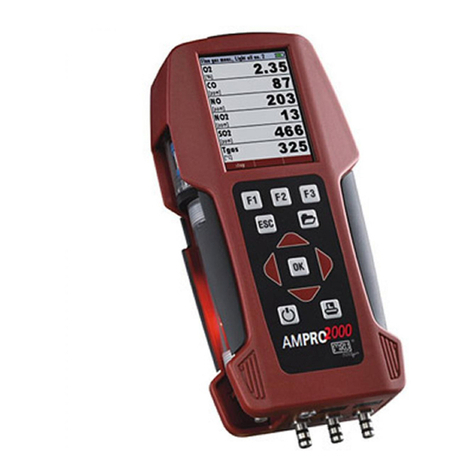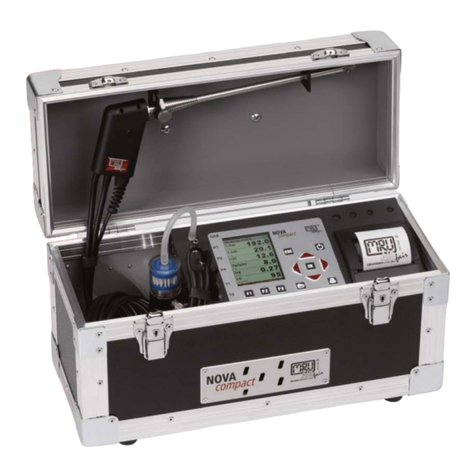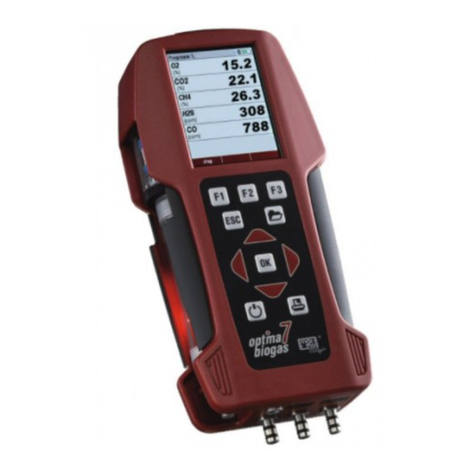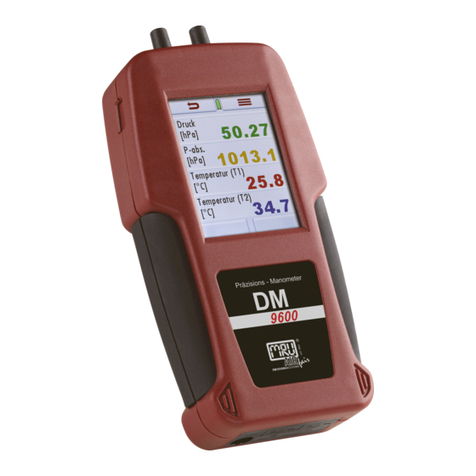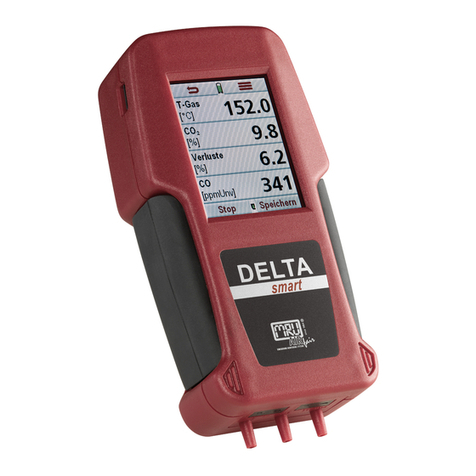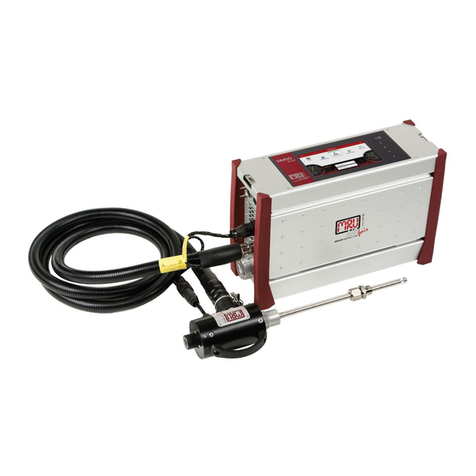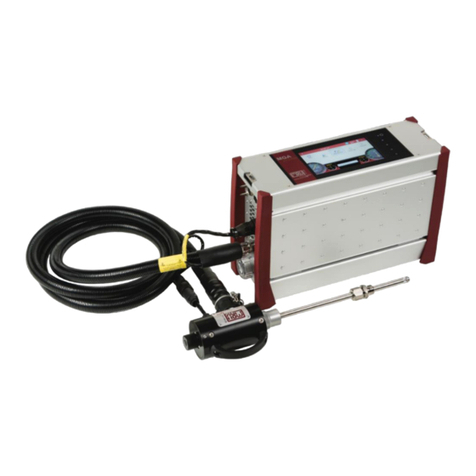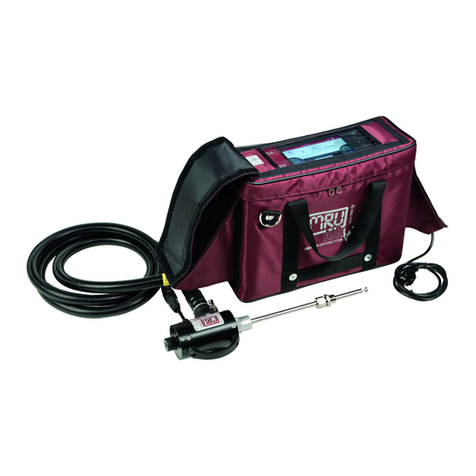USER MANUAL SWG100
MRU GmbH, D-74172 Neckarsulm 3/
158
Content
1. Information for product and safety ....................................................................6
1.1. Safety manual..............................................................................................................6
1.2. Safety precautions......................................................................................................6
1.3. Weather and environmental conditions............................................................8
1.4. General important instructions for theplant operator.................................9
1.5. Packing...........................................................................................................................9
1.6. Return of hazardous waste......................................................................................9
1.7. Return of analyzer......................................................................................................9
1.8. MRU Warranty conditions........................................................................................9
2. Analyser Description.............................................................................................11
2.1. Intendeduse..............................................................................................................11
2.2. Principleof operation............................................................................................11
2.3. Physical characteristic ofthe gas analyzer.....................................................13
3. Scope of supply / mounting positions.............................................................15
4. Installation manual................................................................................................17
4.1. Overview.....................................................................................................................17
4.2. Select measurement point...................................................................................18
4.3. Installation of themountingflange..................................................................20
4.4. Installation of the analyzer...................................................................................22
4.5. Connectionof main powersupply....................................................................23
4.6. I/O modules:Installation and setting...............................................................24
4.7. Installation: Samplegasoutlet (VENT).............................................................26
4.8. Installation: Calibration gas/ zero gas and condensateoutlet...............27
4.9. Installation of the sampling line andprobe...................................................28
5. Operation of the analyzer (HMI) ........................................................................33
5.1. Display and keypad.................................................................................................33
6. Analyzer commissioning manual ......................................................................34
6.1. Check country and language..............................................................................34
6.2. Check date and timeof the instrument..........................................................34
6.3. Configuration of the alarm relays......................................................................35
6.4. Configuration of the Modbus..............................................................................37
7Binding to a process control system: I/O modules .......................................39
7.1. Position of the IOmodule inside theanalyzer..............................................39
7.2. Pin assignment.........................................................................................................40
7.3. Analogoutputs4-20mA.......................................................................................42
7.4. Alarmoutputs...........................................................................................................48
7.5. Analoginputs(4-20mA).......................................................................................53
7.6. Configuration of the external control (Option: IOmodule).....................58
7.7. Mounting and installation of the gas cylinders for the auto calibration
function.....................................................................................................................................65
7.8. Cycle configuration.................................................................................................68
7.9. Administrator PIN code.........................................................................................75
7.10. Power-Onof analyser.............................................................................................75
8. Operating the analyser.........................................................................................76
